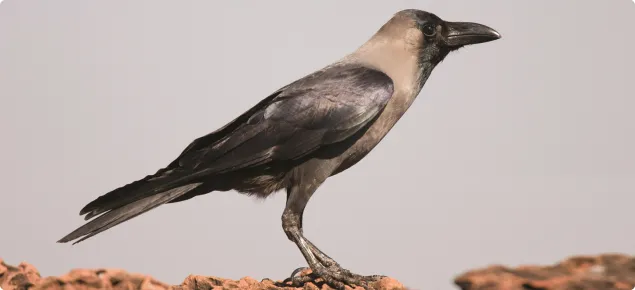The Kenyan government has declared war on the invasive Indian House Crows (Corvus splendens), aiming to eliminate one million birds by the end of 2024.
This initiative addresses the growing problem of these non-native crows, which disrupt local ecosystems and cause issues for tourism and agriculture.
Why Eradicate House Crows?
The Kenya Wildlife Service (KWS) considers house crows a major threat. Introduced from Asia, they outcompete native birds like the Pied Crow (Corvus albus) for food and nesting sites. Their aggressive behaviour and loud calls disrupt residents and tourists, particularly in coastal areas.
Impact on Local Birds
House crows are a menace due to their predatory behaviour, preying on endangered local birds.
Prof. Charles Musyoki, Director of Wildlife and Community Service representing the KWS Director General, describes the house crow eradication program as of ‘high public interest’.
Local birds like scaly babblers, pied crows, sunbirds, weaver birds, waxbills, and various aquatic species are all severely impacted by house crows.
“House crows are invasive alien birds that have been a nuisance to the public for decades, significantly affecting local bird populations by driving them from their natural habitats.”
Economic Concerns
House crows are a significant inconvenience to the tourism industry, disturbing tourists and disrupting hotel operations.
Farmers also face challenges, with house crows targeting crops and attacking poultry chicks.
This isn’t the first attempt to control house crows. Past efforts reduced their numbers, but their adaptability and association with human settlements led to a resurgence.
KWS is exploring mechanical and targeted methods for eradication, while the Kenya Pest Control and Products Board allows the use of licensed poison by hoteliers to control the booming population.




